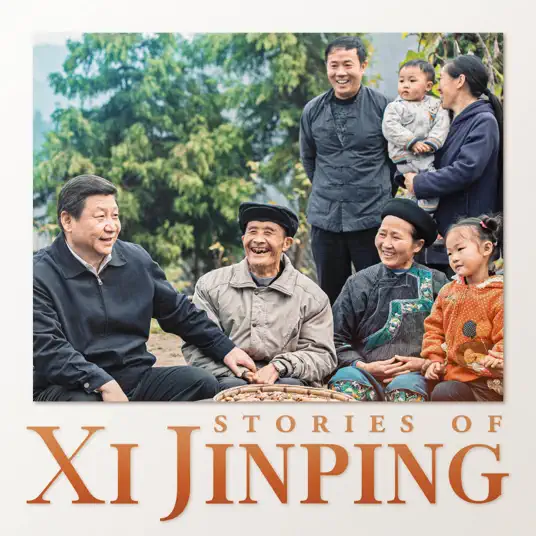La qualitat de l'aire
# COP24 - Polònia, Europa i el carbó: trolling o malentès?


From the outset of the COP24, international media coverage has harshly criticized the event’s Polish hosts for their “provocatiu” spotlighting of Poland’s coal industry and broader “coal addiction”. The controversies in Katowice have re-ignited tensions between Poland and the European Union over emissions targets, energy transitions, and the country’s enduring reliance on coal power. Beneath the surface, however, they may also help representatives from the industrialized countries at the event better appreciate just how much of a sacrifice they are asking their counterparts from the world’s emerging markets to make, writes Louis Auge.
Located in the coal mining region of Silesia, Katowice was always going to be a controversial choice for the COP24 climate talks. Michal Kurtyka, the COP24’s president and a state secretary in Poland’s Ministry of Energy, descrit the decision to bring the conference to Katowice as a strategic attempt to put on display a city and region that is being asked to transition away from its lifeblood.
While outside criticisms of Poland are severe, a closer look at the domestic context explains the country’s enduring attachment to coal power. Coal accounts for 80% of Poland’s electricity generation and employs 85,000 people, serving as a key pillar of an economy that has only been considered “desenvolupat” as of the past three months .
These factors are critical to understanding Warsaw’s opposition to the European Union’s carbon emissions reduction aims and decarbonization plans. While most of Europe espera to be coal-free by 2025, Poland recently anunciat it expects coal to meet 60% of its energy needs in 2030. As Kuryka posar-ho: “How does one tell a region of 5 million people – in over 70 cities across the region – to just move on, your world is that of the past?”
Of course, Poland is hardly the only COP24 participant that relies on coal to meet its energy needs. In fact, the Poles are merely saying loudly what a number of emerging economies have been telling the international community for years. Key players in the global climate debate, including India and China but also the ASEAN countries and major economies in sub-Saharan Africa, rely on coal and will continue to do so for decades to come.
While coal has been dying out in other parts of the world, Southeast Asia’s appetite for coal has been on the rise. With an aim to achieve universal access to electricity by the early 2030s, and a projected 60% d'augment in energy use by 2040, coal power is expected to account for 40% of the growth in energy demand in the region.
Not only does Asia currently account for tres quarts of global coal consumption, but three-fourths of coals plants either in the planning stages or under construction are located in Asia. Even in India, where Prime Minister Narendra Modi has touted himself as a proponent of clean energy, the government continues to build coal mines and plants. As an affordable and easily accessible energy source, coal is the bedrock of the power grid in a country where up to 400 million people still lack access to reliable electricity.
Switching away from coal presents unique challenges for emerging countries, most of which are still working towards providing their citizens with reliable electricity. “With the Germans, they can say ‘We’re moving from driving a Corolla to a BMW’, while we are still trying to get the bicycle,” dit Themisile Majola, South Africa’s deputy energy minister. “They’re talking about different technologies, we’re talking about access.” Recent comments by World Bank president Jim Yong Kim helped highlight this dichotomy between industrialized and emerging economies, with the developing world facing energy shortages and resenting outside pressure not to exploit coal.
As Kim encapsulat the arguments put forth by developing countries: “You’ve come to us in Africa who have put almost none of the carbon in the air and you can tell us we can’t have baseload electricity. You’re outraged by climate change, we have almost no responsibility for putting the carbon in the air and yet you’re telling us we can’t develop and have baseload energy because we can’t use a single drop of fossil fuel for our own energy needs. And I can tell you, when I hear that from our leaders, from people in industry, in places like Africa, it’s compelling to me.”
What, then, are the ways forward for those COP24 participants who see greater urgency to reduce carbon emissions? One avenue is to dedicate greater focus to carbon capture and utilization (CCU) or emmagatzematge (CCS) technologies. These can both reduce emissions from coal plants around the planet and reduce them from other industrial sources. Simply put, CCS is a process of extracting CO2 from the atmosphere and storing it, whereas in CCU, the CO2 is used to make other substances, like plastics, concrete or biofuel.
Another path forward: working closer to home. Coal has become the global fossil fuel bogeyman, but oil and natural gas are also en gran mesura responsable for failures to meet global emissions goals. The continued rise in greenhouse gas emissions, even as coal power generation declines across much of Europe and North America, has been attributed to a stronger demand for natural gas and oil due to cheaper gas prices and people driving longer distances.
The activists and groups criticizing Poland for its attitude at the COP24, or pressuring countries in Asia and Africa to switch technologies they are not necessarily equipped to adopt, may want to spend some of their energy lobbying their neighbours to take up less-polluting forms of transportation. Western environmentalists may ultimately have an easier time getting their compatriots out of their cars than asking Asians and Africans to make energy sacrifices they can ill-afford.
Comparteix aquest article:
-

 MoldàviaFa dies 4
MoldàviaFa dies 4Els antics funcionaris del Departament de Justícia dels Estats Units i de l'FBI van fer ombra sobre el cas contra Ilan Shor
-

 Transport. Porta el teu cotxeFa dies 4
Transport. Porta el teu cotxeFa dies 4Posar el ferrocarril "en camí per a Europa"
-

 mónFa dies 3
mónFa dies 3Denonciation de l'ex-emir du mouvement des moujahidines du Maroc des allégations formulées per Luk Vervae
-

 UcraïnaFa dies 3
UcraïnaFa dies 3Els ministres d'Afers Exteriors i de Defensa de la UE es comprometen a fer més per armar Ucraïna























